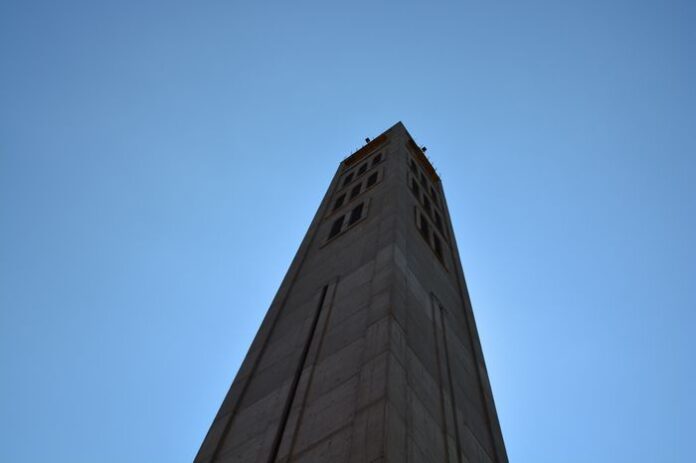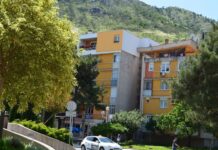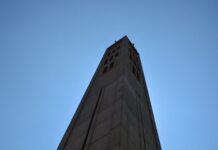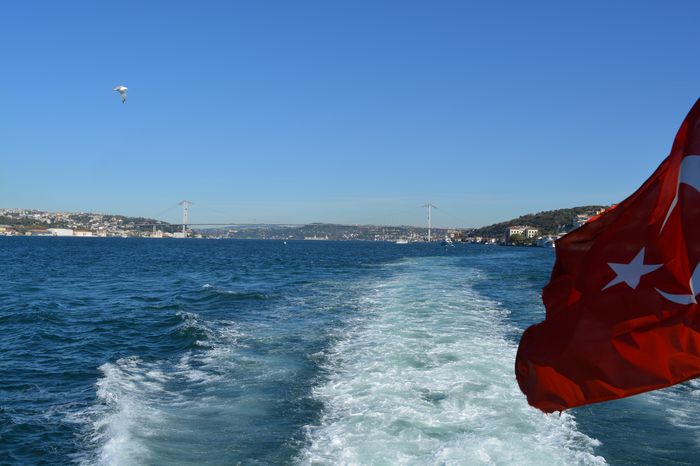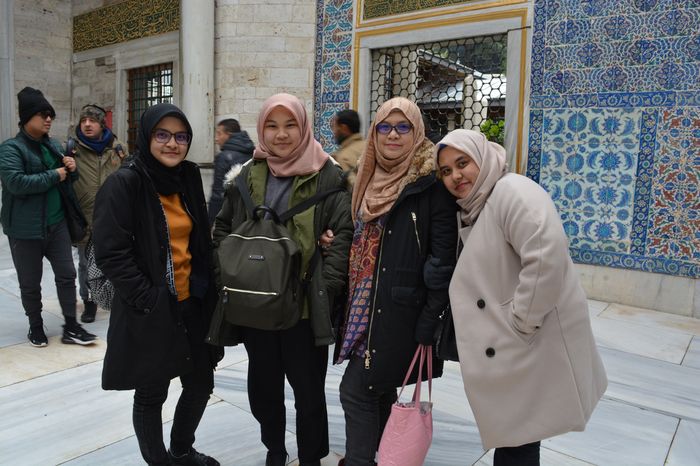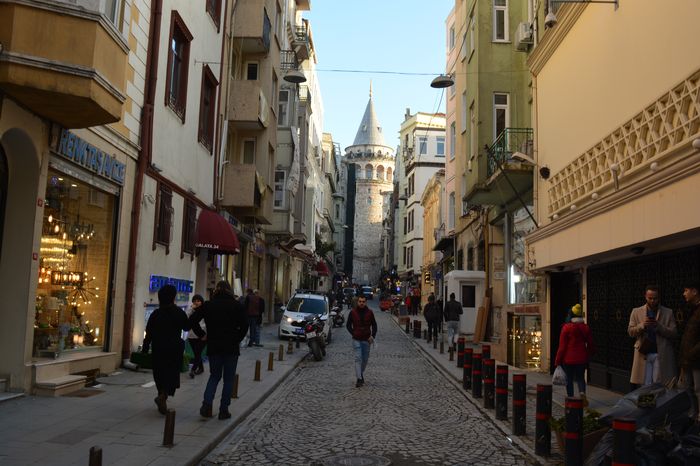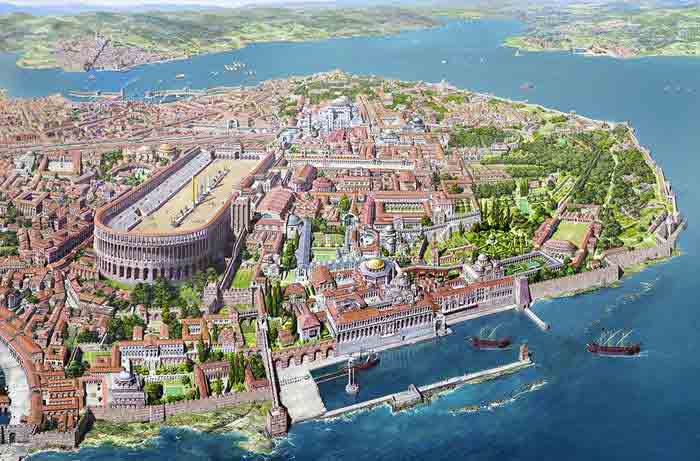The Defensive Lines Around the Western Spur of the Sixth Hill
There were three main lines of fortification built around the western spur of the Sixth Hill in Constantinople. These walls played an important role in protecting this part of the city and were connected to the city’s greater defense system:
The first line started at the Kerko Porta and ran along the western side of the spur. It joined the city’s main wall a bit south of what is now known as the Tower of Isaac Angelus The Western Spur and Its Ancient Fortifications.
The second line also began at Kerko Porta but followed the eastern side of the spur. It stretched all the way to a place called Tsinar Tchesme, a fountain located in the Londja quarter, southeast of the Holy Spring (Ayazma) that marks where the Church of Blachernae once stood.
The third line of defense protected the northern side of the spur, facing the Golden Horn. This wall was connected to the city walls close to the southern end of the Wall of Heraclius.
These three defensive walls created a kind of acropolis—a fortified area—where later, two important Byzantine buildings were constructed: the Palace of Blachernae and the Palace of the Porphyrogenitus.
Two Competing Theories – Or a Combined Answer?
Historians have long debated how exactly the walls extended in this area. There are two main theories, and each has its strengths. However, the truth might lie in a combination of both ideas. To understand this better, it helps to first consider the second theory, which emphasizes the western spur of the Sixth Hill.
Early Fortification of the Western Spur
It is almost certain that the western spur was fortified early in the city’s history. In fact, it had to be fortified before the construction of the Wall of Emperor Manuel in the 12th century. This is proven by the way the Comnenian Wall (built by Manuel) takes a long detour to avoid the existing fortifications on that spur. Instead of heading straight to the Golden Horn, the wall runs west for a long distance, then turns north toward the water. This unusual path suggests that earlier defenses were already in place, which Manuel’s engineers had to work around Istanbul Daily Tour.
Evidence from the Siege of 627
There is also strong historical evidence that this area was fortified as early as the 7th century, during the time of the Avar siege of Constantinople in 627 AD. Historical records mention defensive structures in this region, including:
The Wall of Blachernae, The Pteron (or “Wing”), The Proteichisma (or “Outer Wall”)
According to accounts from that time, the Church of Blachernae and the Church of St. Nicholas stood outside these early fortifications. This implies that the inner area, including the western spur, was already protected by a system of walls by that point.
The complex layout of the fortifications around the western spur of the Sixth Hill shows how the city of Constantinople evolved over time to meet new military challenges. The different walls built during various centuries—including those by Heraclius, the Comnenians, and others—reveal how strategic this area was. While historians may debate the exact paths of these walls, the evidence clearly shows that the Blachernae area was heavily fortified long before the final phase of the city’s wall system.
